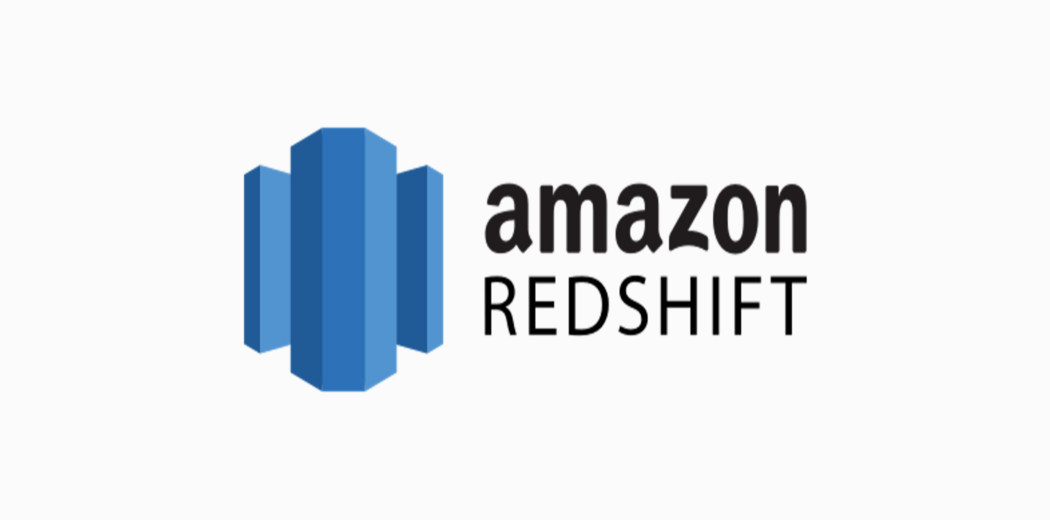A Beginner's Guide to Implementing Amazon Redshift on AWS
 Sumit Mondal
Sumit Mondal
In the vast realm of cloud computing, Amazon Web Services (AWS) stands out as a powerhouse, offering a plethora of services to cater to diverse business needs. Among these, Amazon Redshift shines as a powerful data warehousing solution, enabling organizations to analyze vast amounts of data swiftly and efficiently. If you're looking to harness the power of Amazon Redshift for your business, you've come to the right place. In this guide, we'll walk you through the process of implementing Amazon Redshift on AWS in a simple and easy-to-understand manner, complete with examples.
Understanding Amazon Redshift
Before diving into implementation, it's crucial to grasp the fundamentals of Amazon Redshift. Essentially, Amazon Redshift is a fully managed, petabyte-scale data warehouse service in the cloud. It is designed to handle large datasets and perform complex queries at lightning speed, making it ideal for analytics and business intelligence workloads.
Step 1: Setting Up AWS Account
The first step towards implementing Amazon Redshift is to have an active AWS account. If you haven't already done so, head over to the AWS website and sign up for an account. Once you're logged in, navigate to the AWS Management Console.
Step 2: Launching an Amazon Redshift Cluster
In the AWS Management Console, locate the Amazon Redshift service. Click on "Create cluster" to initiate the process of launching a new Redshift cluster.
You'll need to specify the cluster details such as cluster identifier, node type, number of nodes, and other configuration options. For example, you can choose between single node and multi-node clusters based on your requirements and budget.
Step 3: Configuring Cluster Settings
Next, configure the cluster settings according to your preferences. This includes choosing the appropriate network and security settings, such as Virtual Private Cloud (VPC) configuration, security groups, and encryption options.
For example, you can create a new VPC or select an existing one, define inbound and outbound rules for security groups to control access to your cluster, and enable encryption for data-at-rest and data-in-transit.
Step 4: Loading Data into Amazon Redshift
Once your cluster is up and running, it's time to load data into Amazon Redshift for analysis. There are several ways to accomplish this:
- Using the COPY command: You can use the COPY command to load data from Amazon S3, Amazon DynamoDB, or other supported sources directly into your Redshift cluster.
COPY table_name
FROM 's3://your_bucket/your_data_file.csv'
ACCESS_KEY_ID 'your_access_key'
SECRET_ACCESS_KEY 'your_secret_key'
CSV
IGNOREHEADER 1;
Using AWS Data Pipeline: AWS Data Pipeline is a web service for orchestrating and automating the movement and transformation of data across various AWS services, including Amazon Redshift.
Using AWS Glue: AWS Glue is a fully managed extract, transform, and load (ETL) service that makes it easy to prepare and load data for analytics.
Step 5: Querying Data in Amazon Redshift
With your data loaded into Amazon Redshift, you can now start querying it to derive valuable insights. You can use standard SQL queries to analyze your data and generate reports.
SELECT column1, column2
FROM table_name
WHERE condition;
Step 6: Monitoring and Managing Amazon Redshift
Lastly, it's essential to monitor and manage your Amazon Redshift cluster to ensure optimal performance and cost-effectiveness. AWS provides various tools and features for monitoring and managing your Redshift clusters, including Amazon CloudWatch for monitoring, AWS CloudTrail for logging, and AWS Cost Explorer for cost management.
Conclusion
Implementing Amazon Redshift on AWS doesn't have to be daunting. By following the steps outlined in this guide and leveraging the examples provided, you can set up and start using Amazon Redshift for your data warehousing and analytics needs with ease. Whether you're a seasoned data professional or a beginner, Amazon Redshift empowers you to unlock the full potential of your data and drive informed business decisions.
Subscribe to my newsletter
Read articles from Sumit Mondal directly inside your inbox. Subscribe to the newsletter, and don't miss out.
Written by

Sumit Mondal
Sumit Mondal
Hello Hashnode Community! I'm Sumit Mondal, your friendly neighborhood DevOps Engineer on a mission to elevate the world of software development and operations! Join me on Hashnode, and let's code, deploy, and innovate our way to success! Together, we'll shape the future of DevOps one commit at a time. #DevOps #Automation #ContinuousDelivery #HashnodeHero